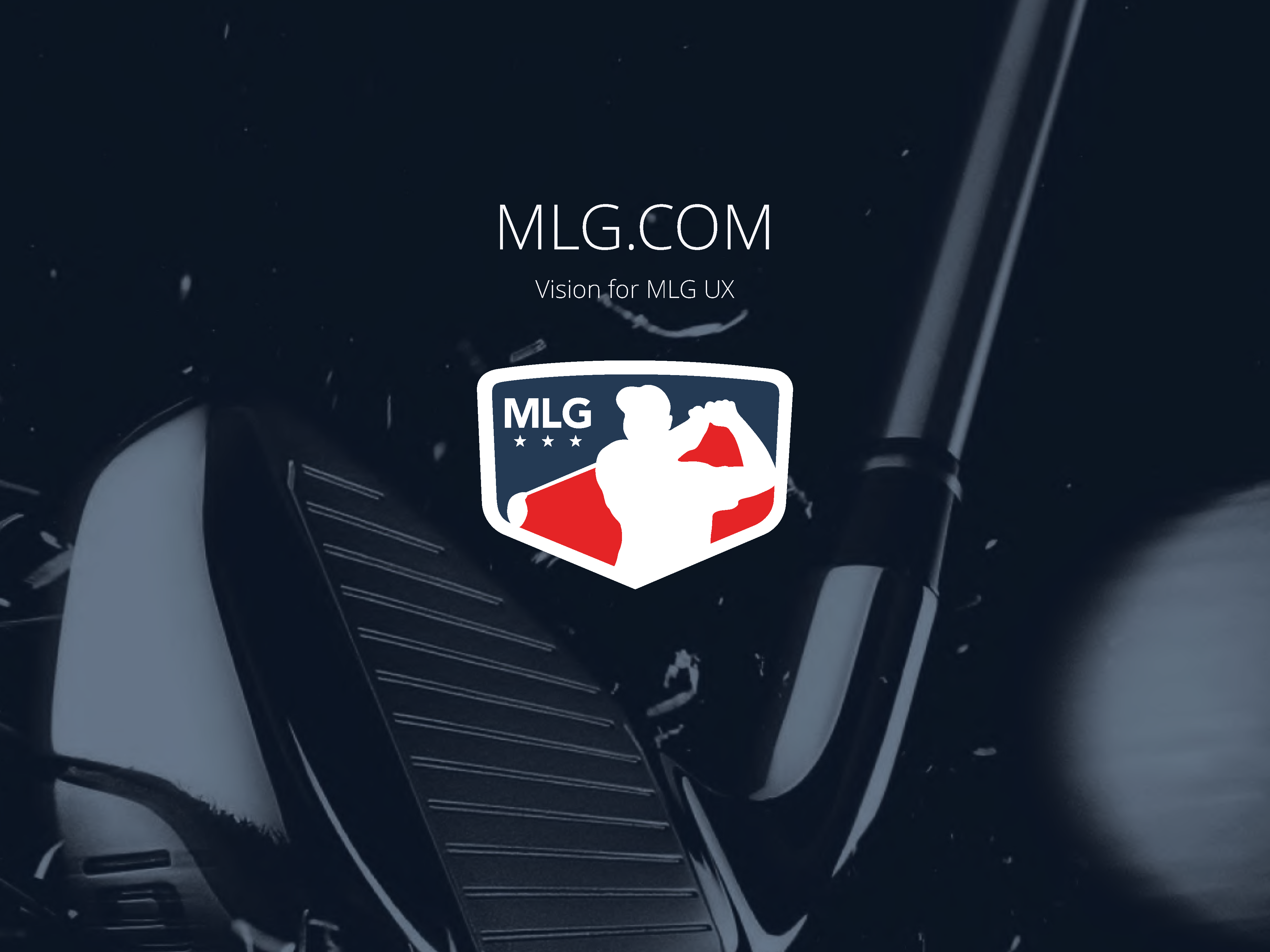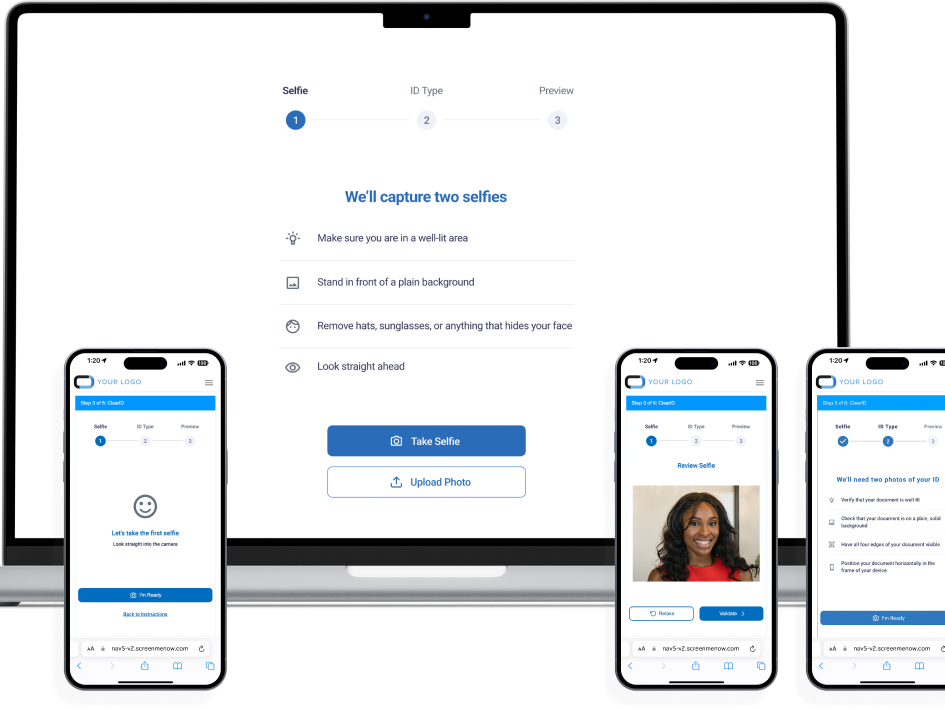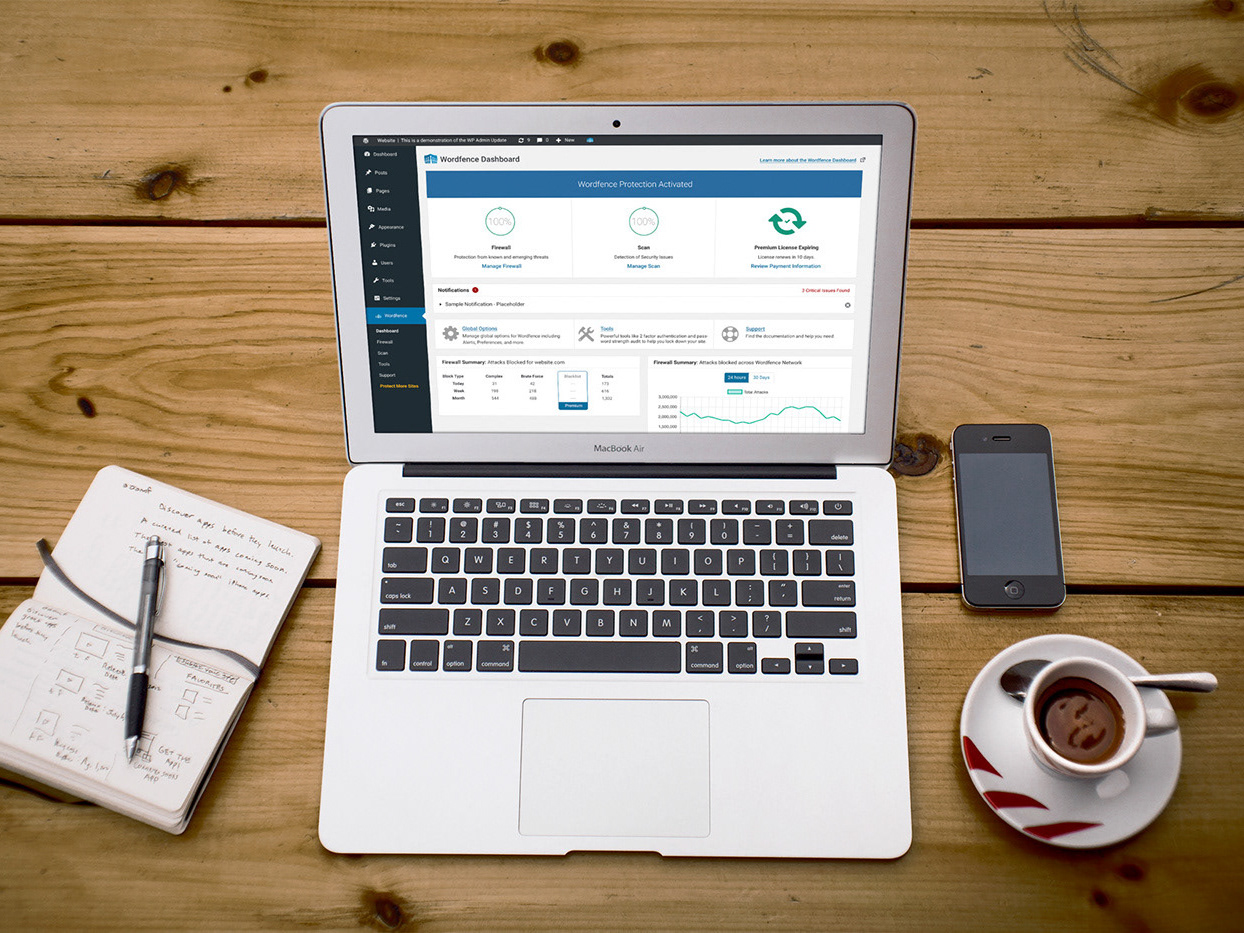“Build a modernized, mobile-optimized customer portal, providing the best possible user experience and offering no less functionality than what is available today.”

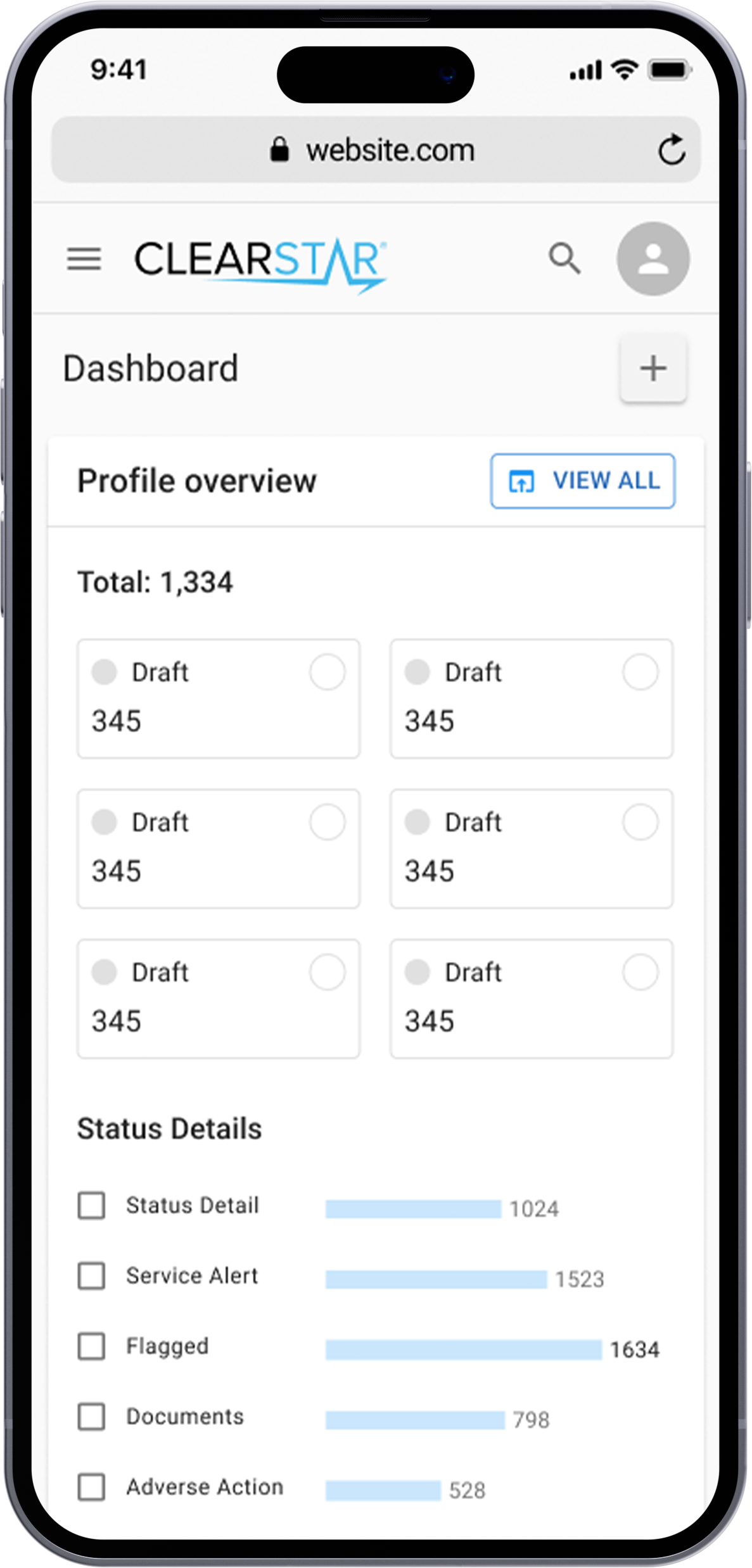
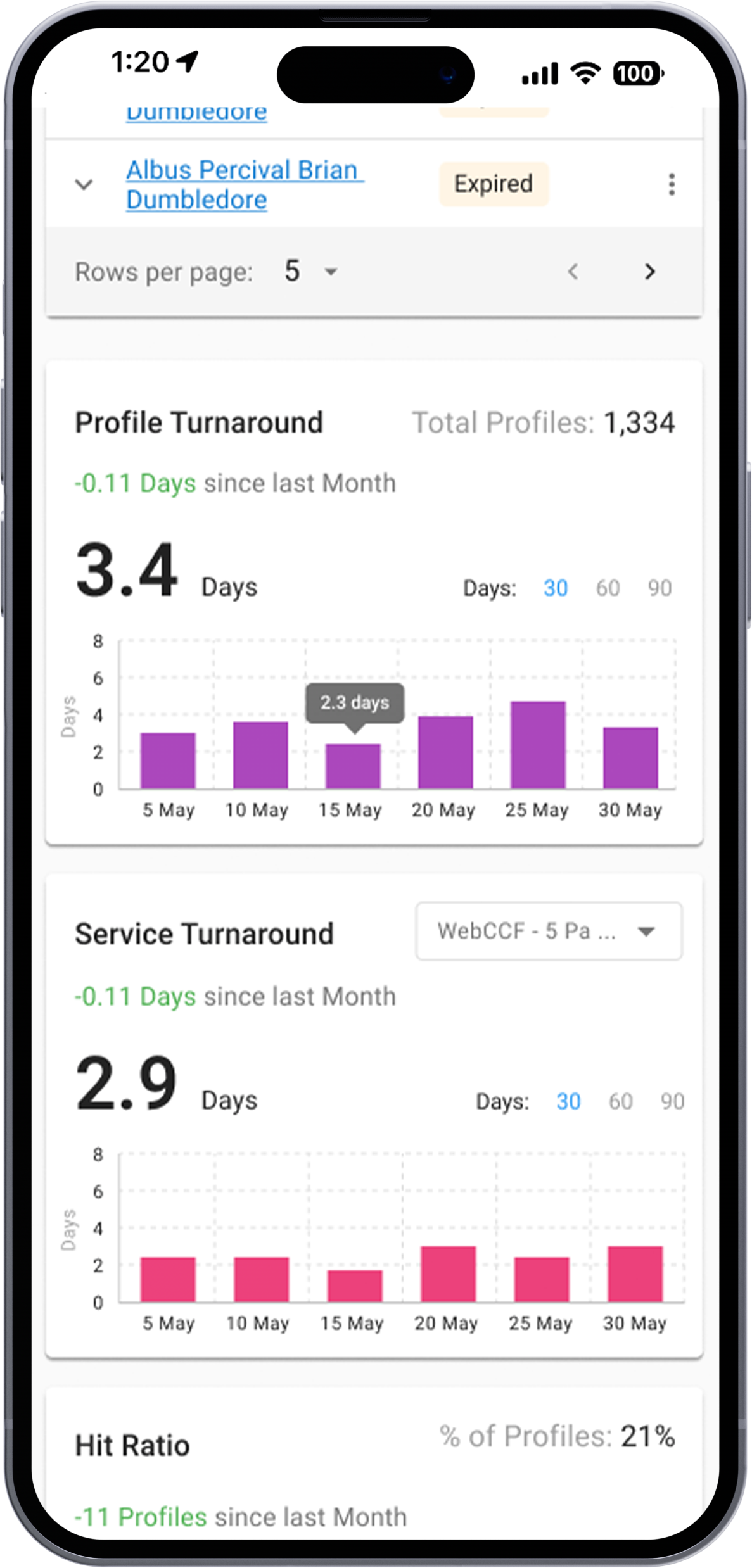
Overview:
This product serves as the central hub for most of the background screening clients, tools, and integrations. Several sub-products work seamlessly with this core platform, but the Background Screening Services and extensions that run through this platform must be considered in both capacities, both as standalone and in conjunction with the core platform.
The company's founders had a great idea, but the current system is outdated and has an old-fashioned interface designed by developers. While the system has some benefits, such as customer loyalty, it is difficult for new users to learn and does not attract new clients because of its outdated appearance and steep learning curve.
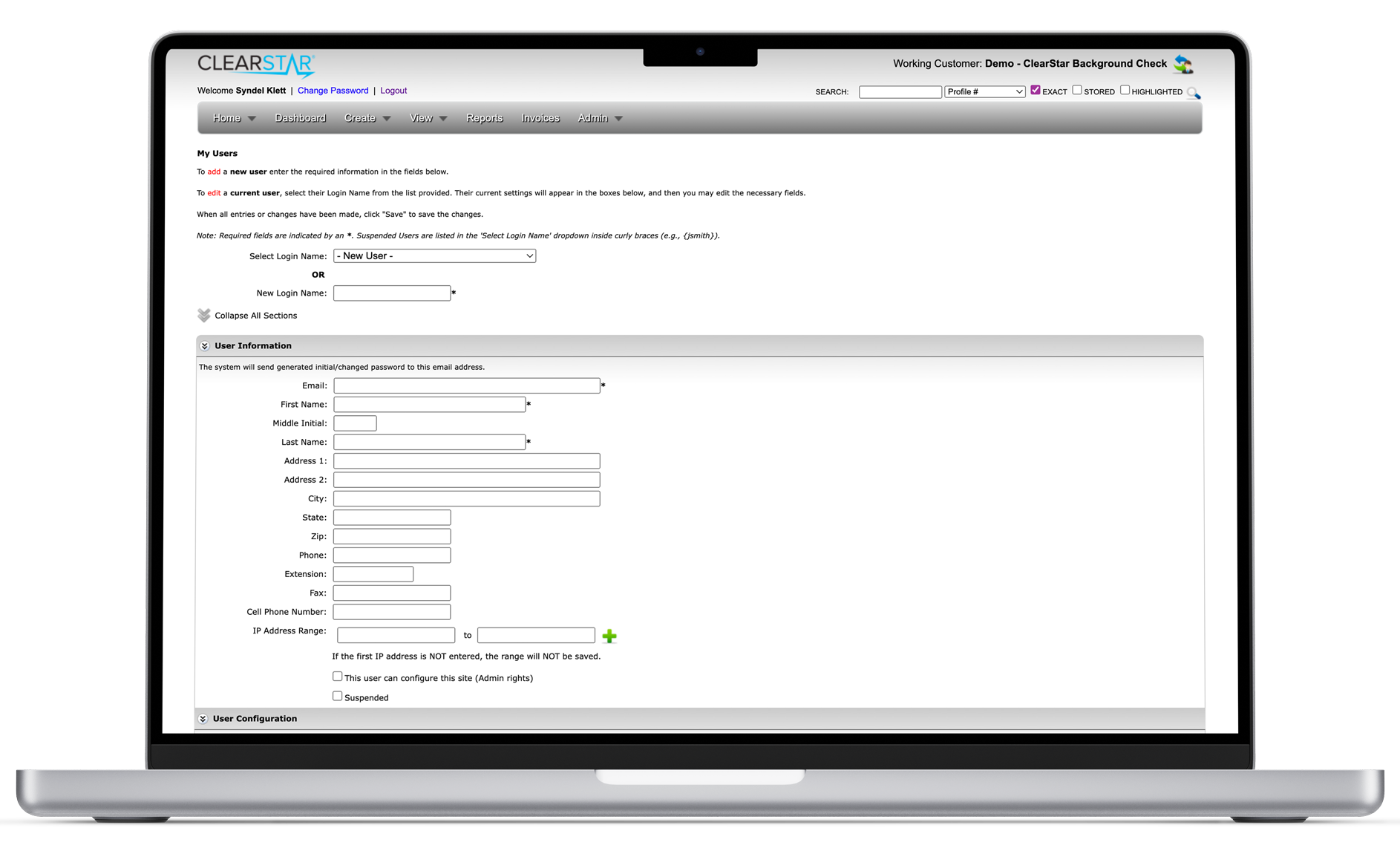

Design Team
Syndel Klett - Lead UX + Design PM
Oleksandra - Senior UI/UX Designer
Igor - UI Designer
Oleh - UI Designer
Oleksandra - Senior UI/UX Designer
Igor - UI Designer
Oleh - UI Designer
Additional Project Details
Initial Project Scope: TBD, Kick-off Sept 2021
Actual: Still in progress - Beta Mid 2024
Tools: Figma, Webflow, Confluence
Actual: Still in progress - Beta Mid 2024
Tools: Figma, Webflow, Confluence
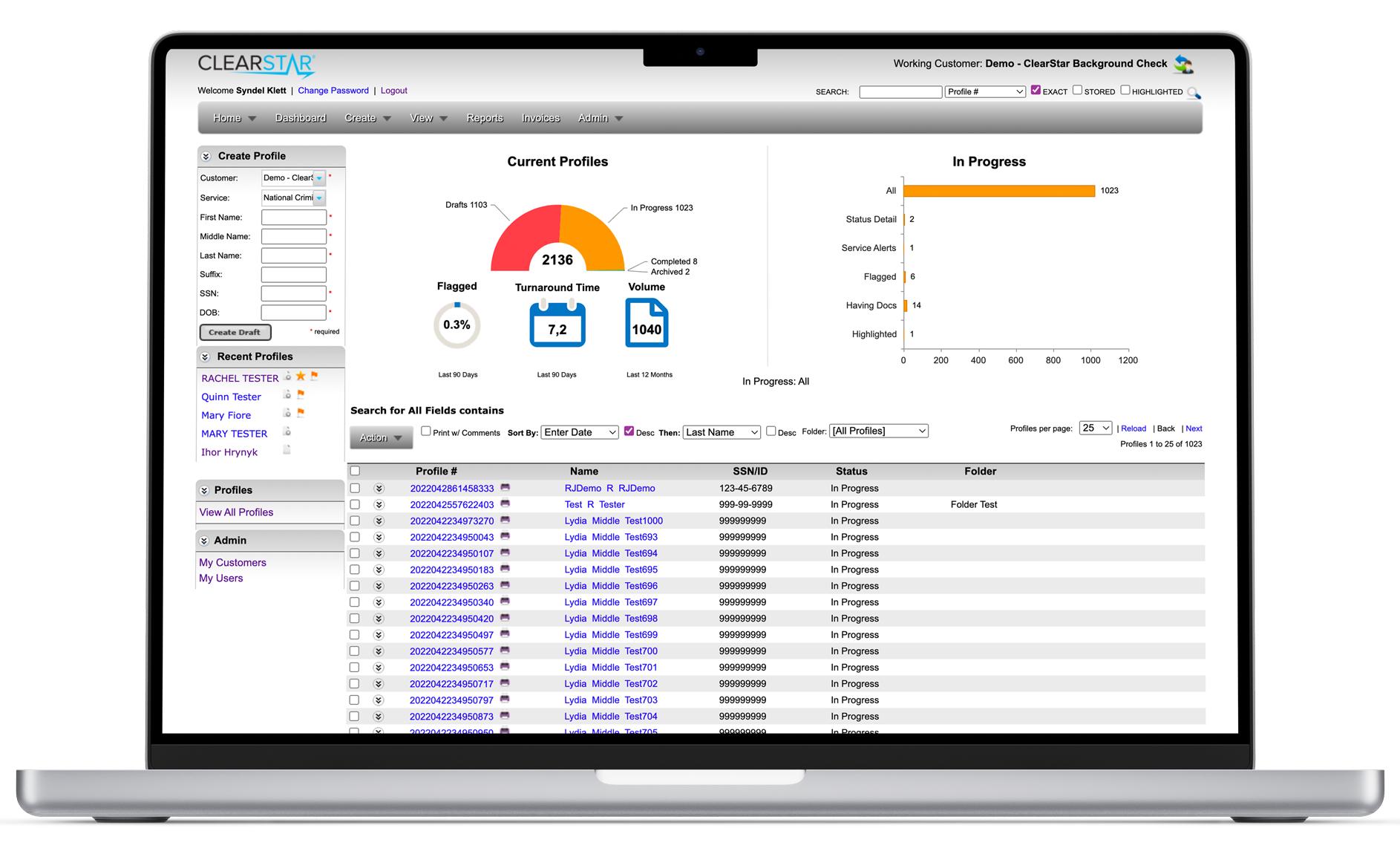
Discovery Process Deliverables
Site Maps
Content Inventory
User Flow Diagrams / Event Taxonomy Flows
Documentation Discovery and Artifact Finding
Internal Interviews for Key Information
Content Inventory
User Flow Diagrams / Event Taxonomy Flows
Documentation Discovery and Artifact Finding
Internal Interviews for Key Information
We encountered multiple difficulties from the outdated technology on which the platform was initially developed, obsolete logic, and connections with outdated systems. The platform was launched 20 years ago and has been developer-built since the product's launch. This caused a lack of contemporary UX protocols and features. Despite updates being made to the platform over time, it still fails to meet the criteria of modern technology and usability.
We realized that we lacked validated personas and direct access to our product's users. Our organization had recently adopted user experiences, and we were not equipped or prepared to conduct user interviews, surveys, or speak to customers. During that period, our company's sole focus was rebuilding its platform. As an experienced UX designer, I recommended reaching out to users, but we had to work with what we had at hand: internal knowledge and best practices for UX design that are tried and true.


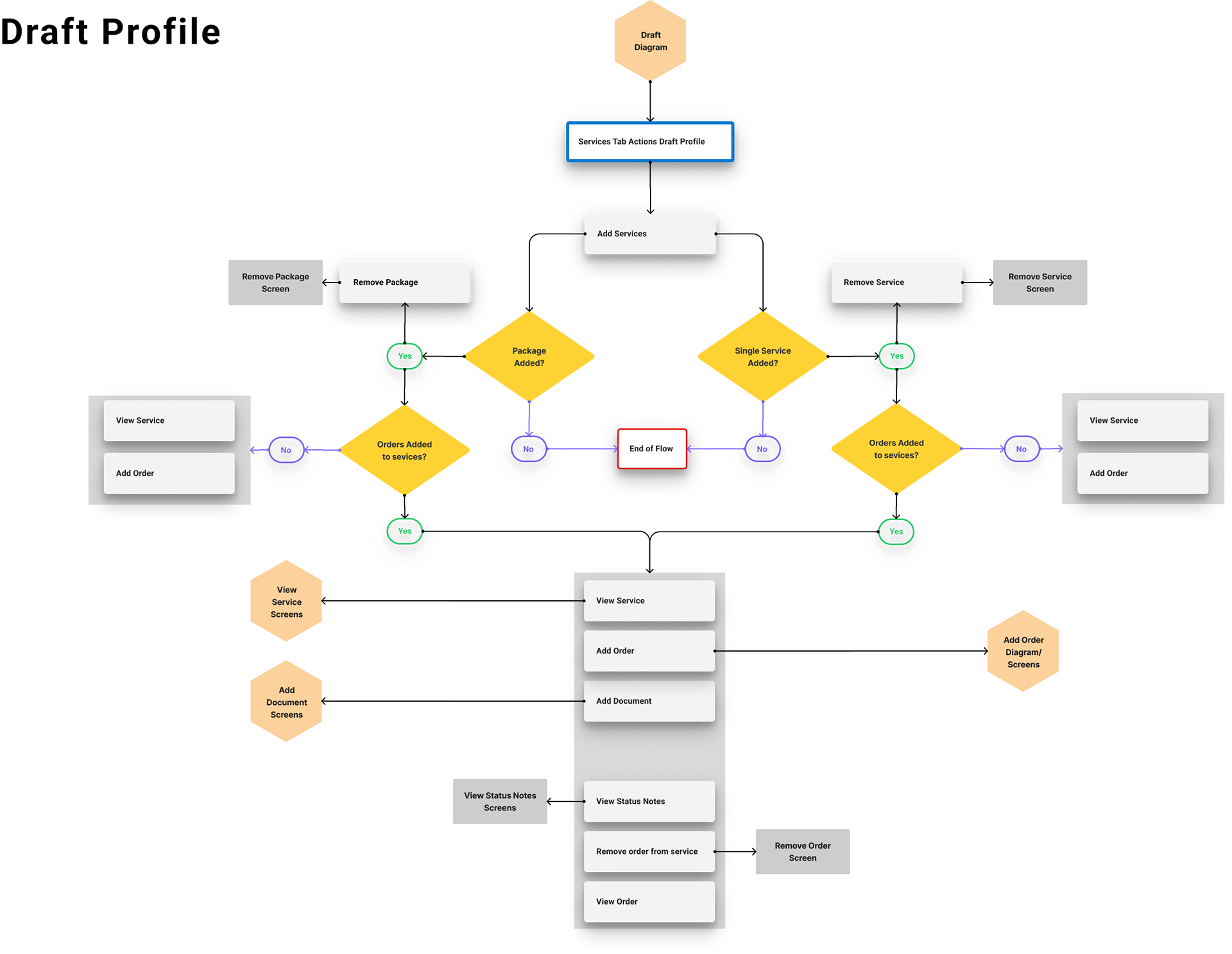

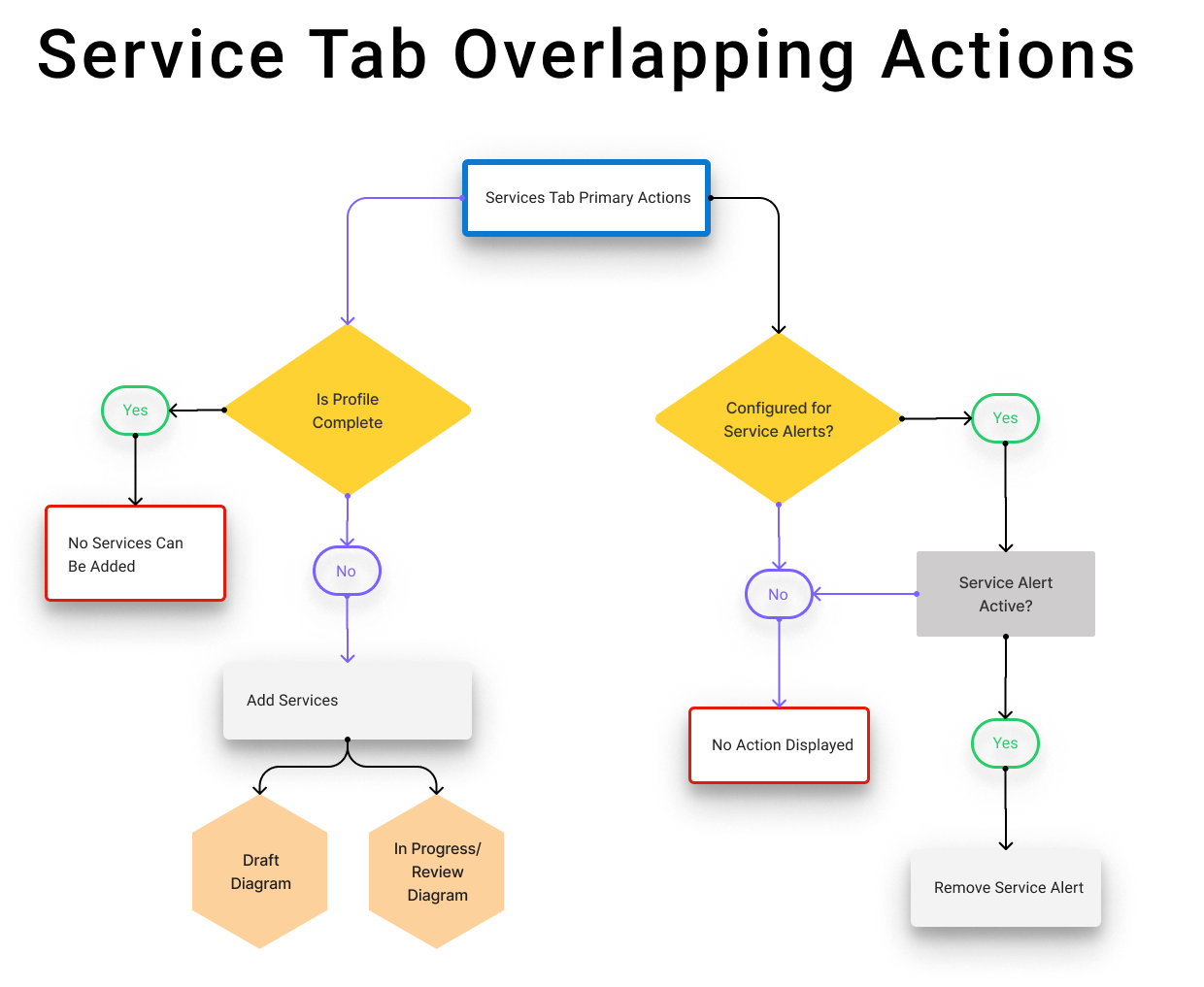
As we were building our platform, we took a thorough look at all the components that were put together and logically organized them. We also made sure to create a seamless flow to make navigation easier across the platform. This will allow users to access every point with more convenience and less need for help from internal teams.
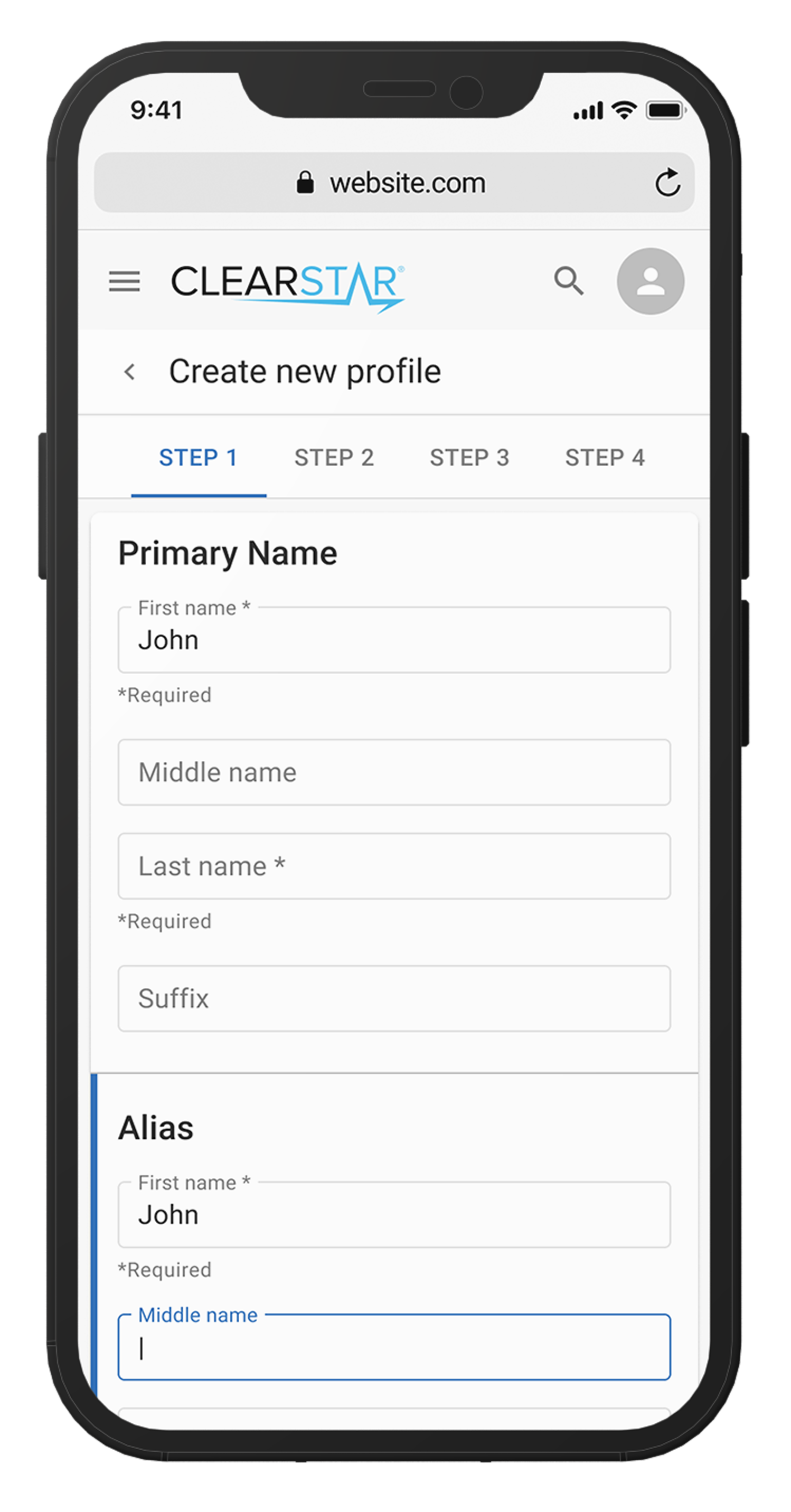

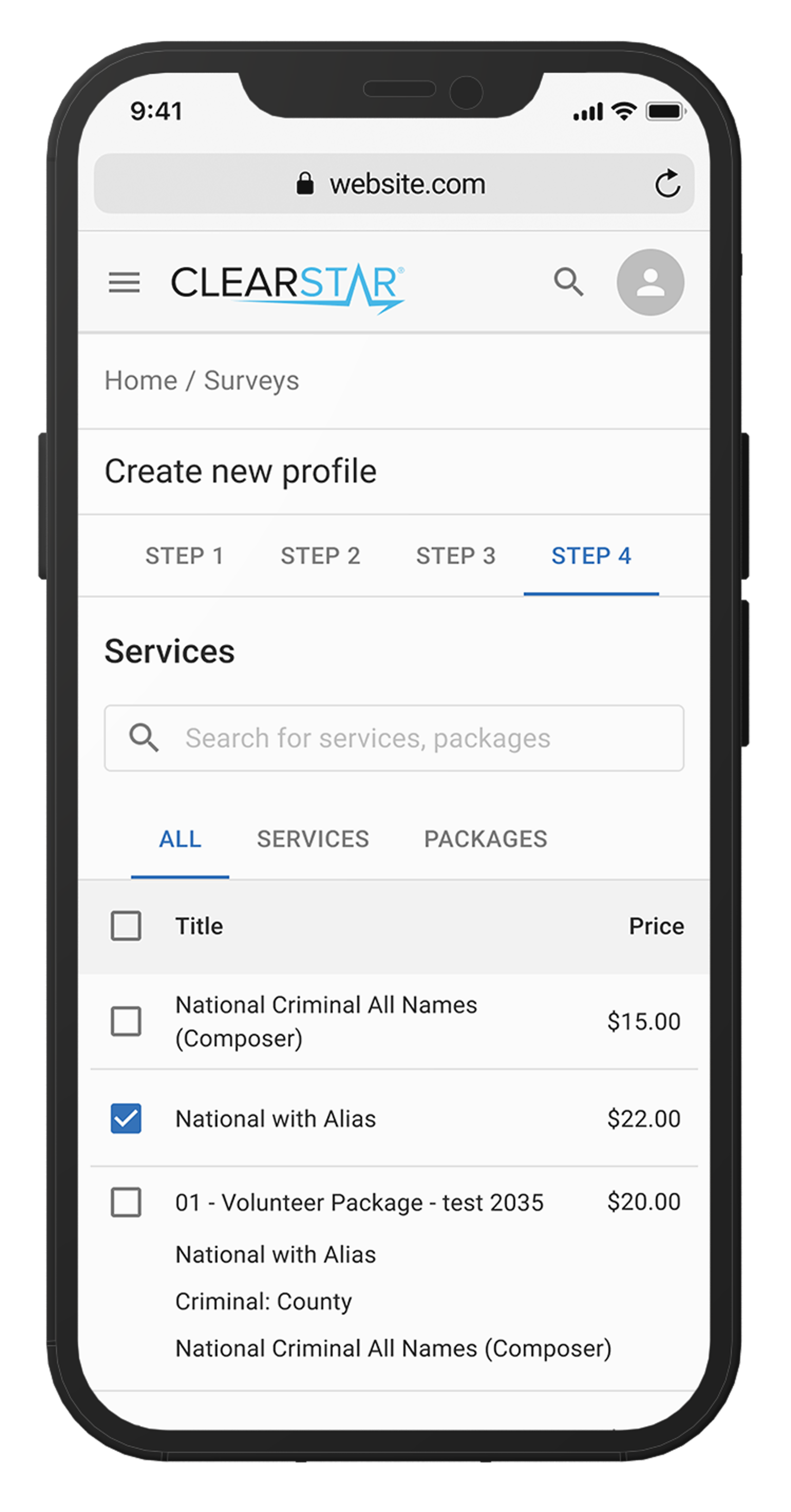


Throughout the process, we had to make continuous efforts to refine our information architecture. Even after conducting a thorough content audit, we kept discovering new content that we were previously unaware of. However, we eventually reached a point where we were able to establish a flexible and adaptable user experience strategy that could easily accommodate any future additions or changes to the platform. This approach allowed us to introduce new features and functions without any difficulty.
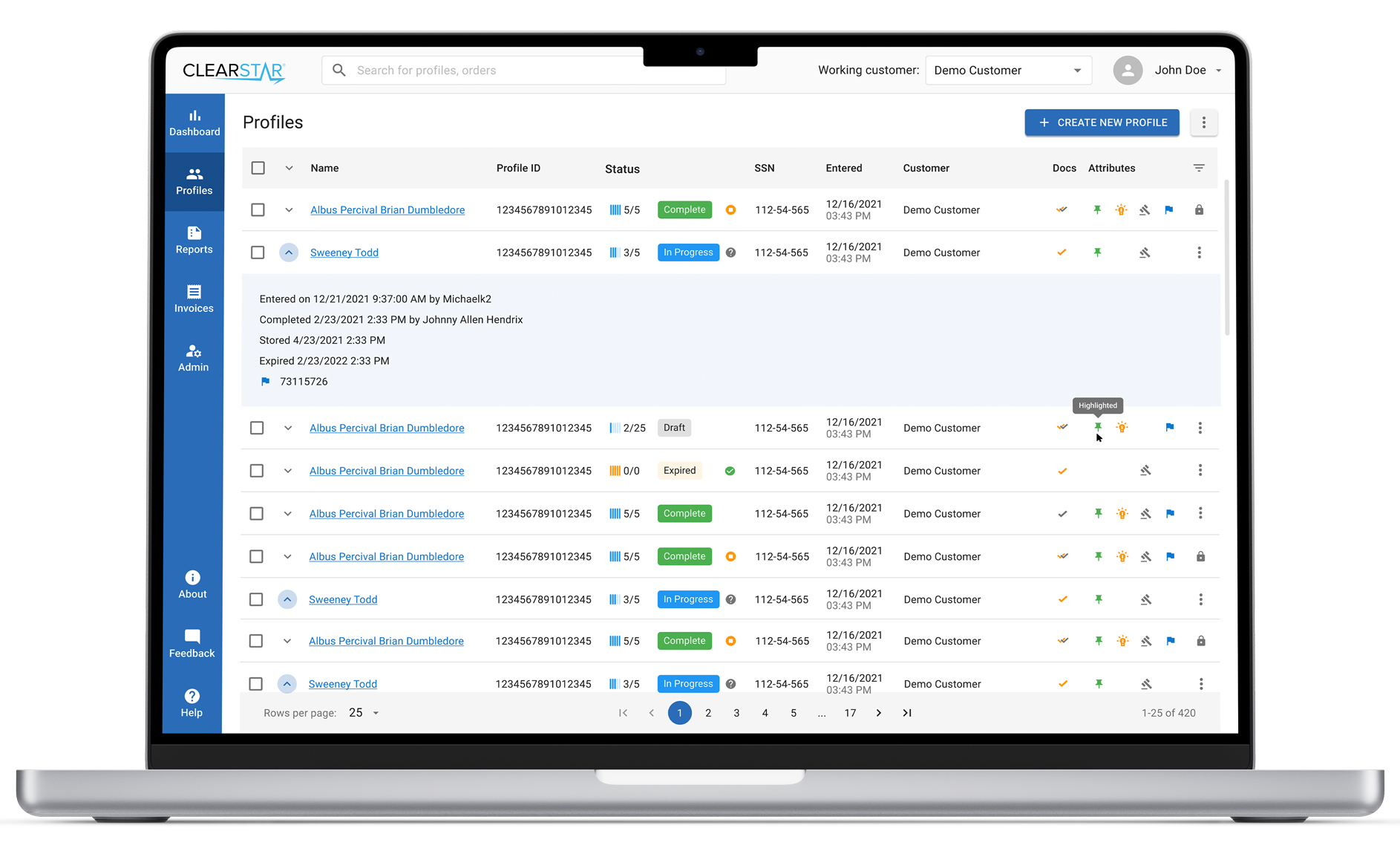
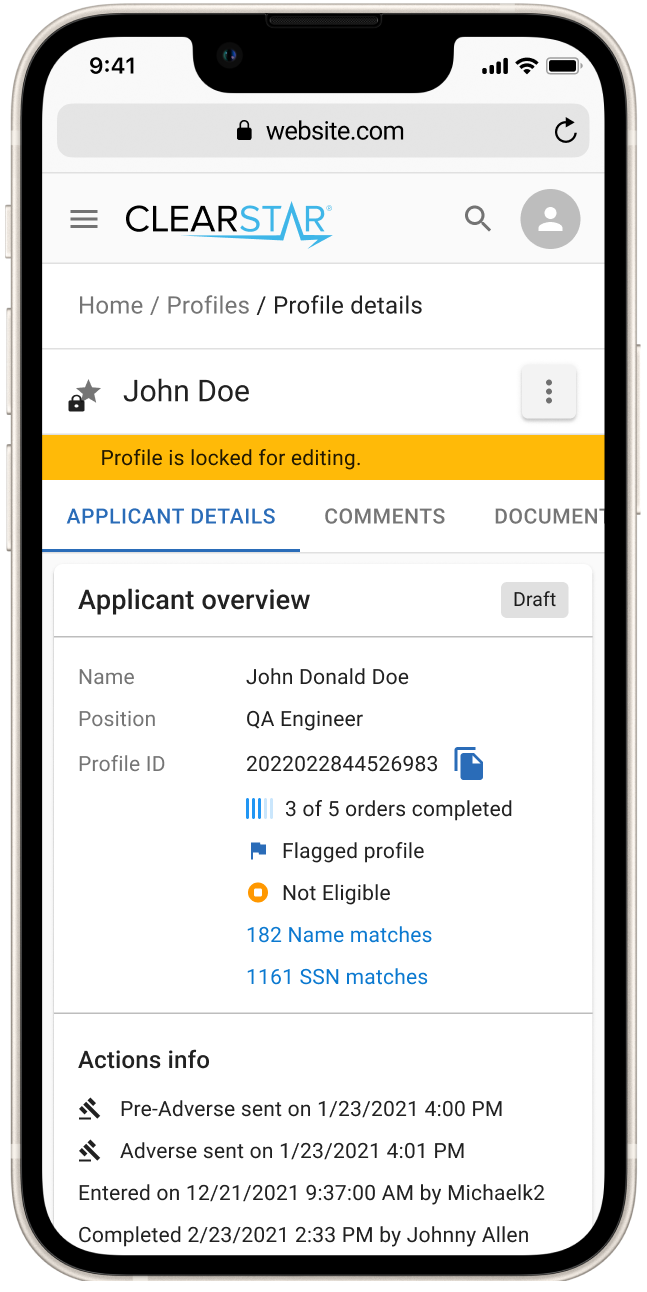
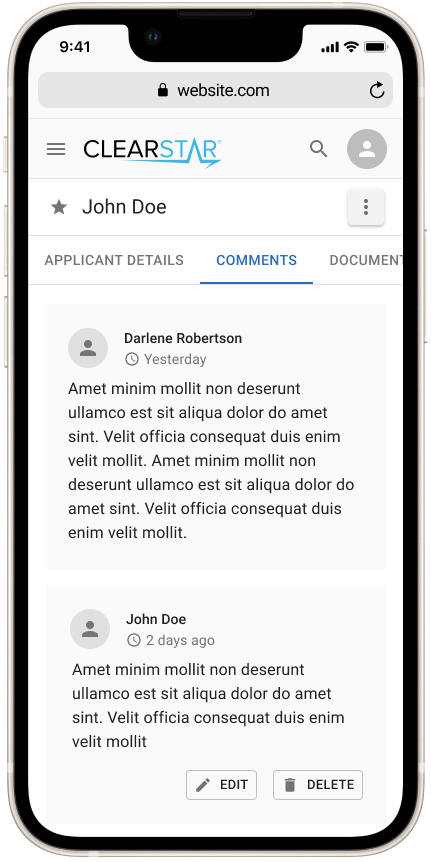
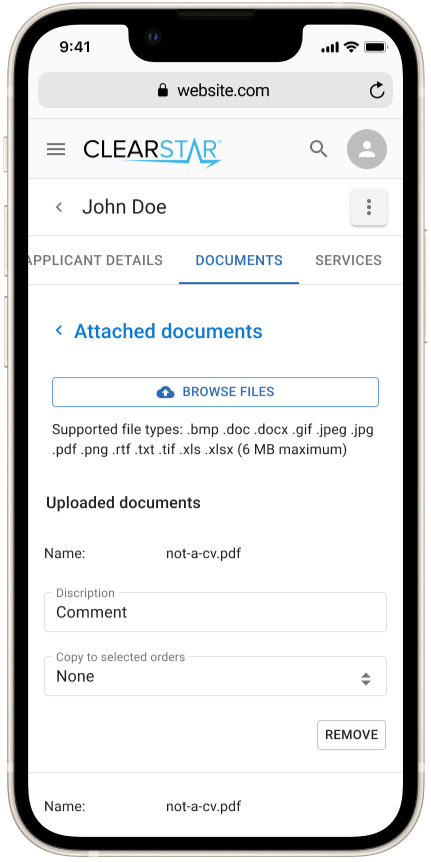


User Feedback:
In November 2023, the company was finally ready for user interviews after putting in a lot of effort and taking a strategic approach. I conducted 14 individual interviews with various segments and verticals of our clients who use our product. During the interviews, I asked them a range of questions about their user experience and expectations, which led to discussions about what was working and what needed improvement. This gave us valuable feedback before showing them anything we had been working on. After the interviews, we shared our progress with them and got an overwhelmingly positive response.
Several early adopters expressed interest in being on the beta list for our new platform, which is scheduled to be released in Q2-Q3 of 2024.

